TICCC Pulse Jersey
Responsibly produced using recycled fabrics and European manufacturing
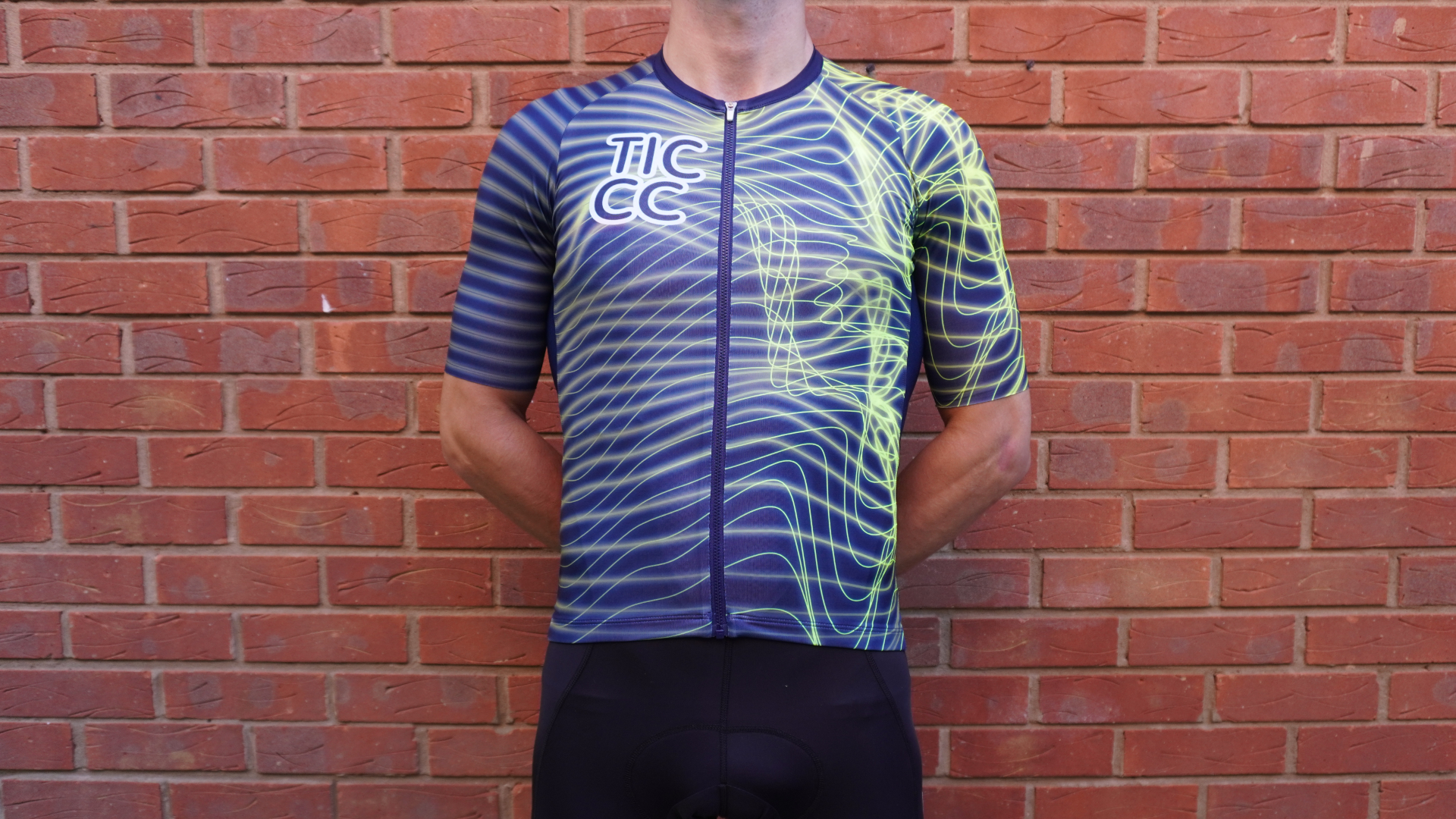
TICCC’s Pulse Jersey performed well as a midweight option, pairing nicely with arm warmers on cooler mornings, but still being breathable and quick wicking enough to remain comfortable for temperatures up to around 24°C. There were a few limitations though; the zipper handle is rather small, which makes adjustments a bit of a faff and the valuables pocket was much harder to access than with a zip. Although the price is more than what you’d expect to pay for a jersey of this level, it feels a fair reflection of the additional costs for a responsibly produced garment from an indie brand.
-
+
Sustainable and responsible production
-
+
Fabric a good balance for cool to warm weather
-
+
Great fit
-
-
Small zipper handle
-
-
Valuables pocket hard to access
You can trust Cycling Weekly.

TICCC is an indie performance cycle clothing brand with a large emphasis on responsible production and sustainability. The Pulse Jersey is a midweight option, best suited to riding in cool to warm weather.
Unlike some other brands – which focus solely on the sustainability of production and packaging – TICCC takes a more holistic approach. You can find on TICCC's website advice on more sustainable practises, such as laundering less, using washing bags to prevent microfibre waste, and passing on kit where possible to help reduce demand. That's right, the brand actively encourages customers to buy less.
The construction
The Pulse Jersey is designed to be a race fit, confirming closely and minimising excess material that may get caught flapping in the wind. The fit of the jersey is labelled as unisex.
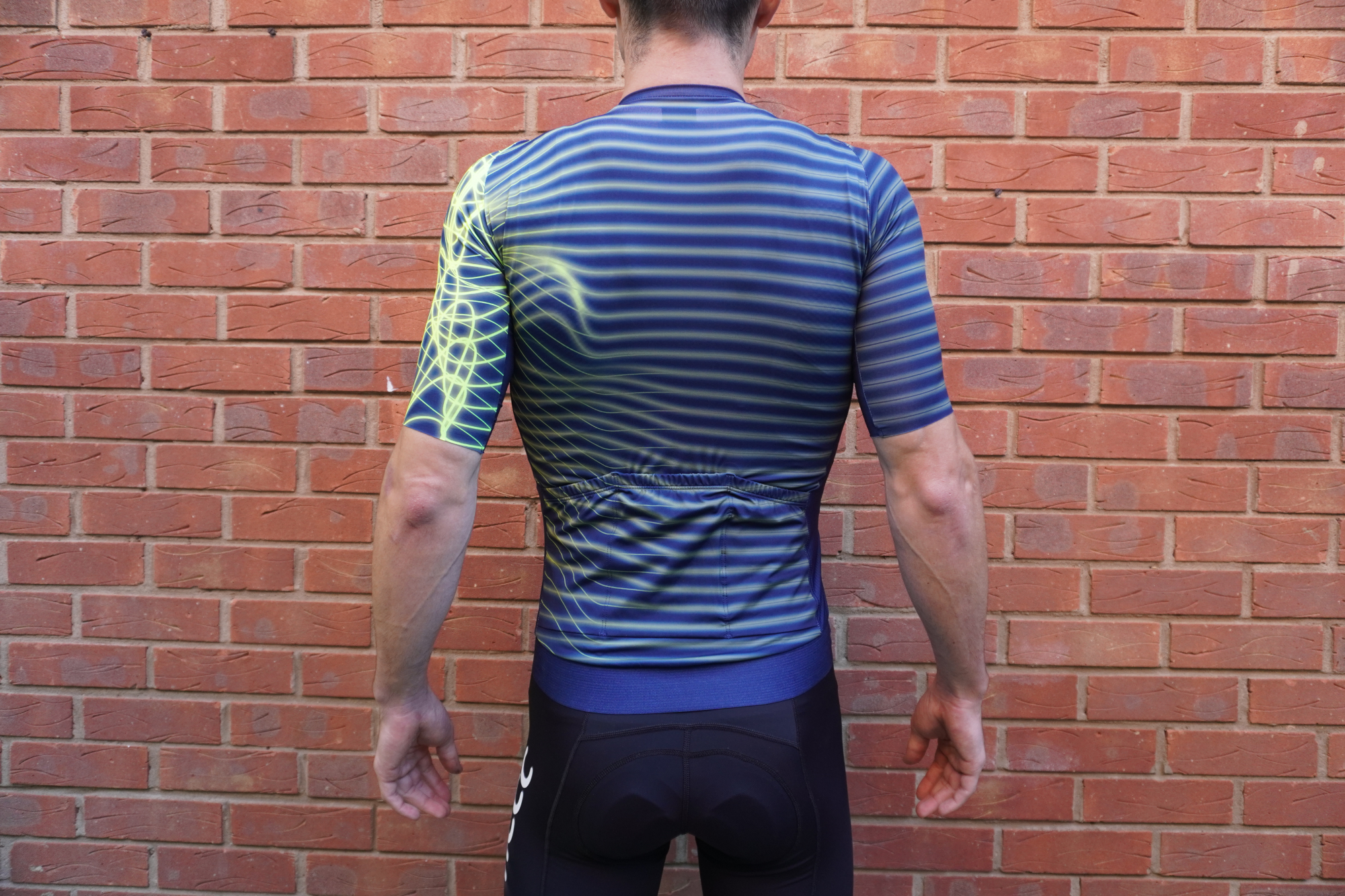
As such, the sizing is based wholly around chest, hip and zip length measurements – so riders can pick the size that matches them best. For context, the XS accommodates those with a chest measurement from 82 to 87cm, hips from 83 87cm and using a 45cm length zip. The XXXL comparatively accommodates a chest measurement from 118 to 124cm, hips from 115 to 120cm, and a zip length of 57cm.
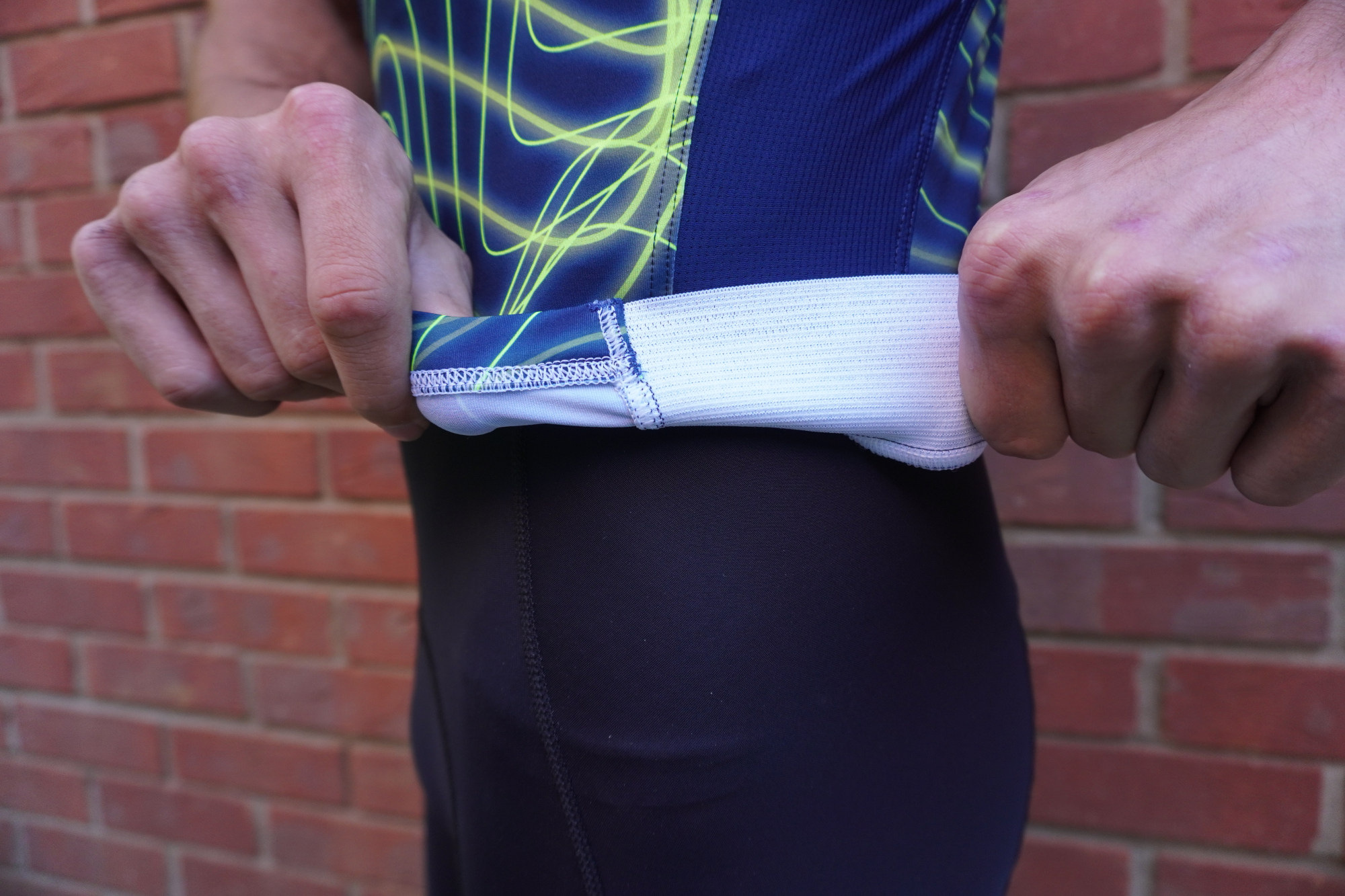
Of the design elements, the sleeves feature a raw cut finish and are fashionably long. The hem features a wide elasticated band at the back, with a silicone gripper to keep the jersey in place, while the three rear pockets are reinforced for extra durability. Inside the right hand pocket (as when wearing the jersey) there is an additional waterproof valuables pocket.
Coming now to the fabrics, the thicker front and rear panels are made with an 82 percent polyester and 18 percent elastane blend – it is the polyester in the side panels which is responsible for the total of 20 percent of the jersey’s fabric being made from recycled fibres. It has also been GRS approved, which certifies the sustainable production.
The ride
Pulling the jersey on, the fit was pretty much perfect. There was no excess material at all to get caught in the wind, but equally there was no pinching or feeling of constriction. The raw cut sleeves had a very nice finish – some brands place silicone grippers at the end or use an elasticated band in the hem, both of which can dig in a little. But there were no such troubles with these sleeves.
Initially I was a little concerned about the cut at the front. Although TICCC says this jersey has a slightly higher cut, it’s still a little low compared to other race-fit jerseys and I was worried about it bunching and digging in when leaning forward in an aggressive position. Ultimately, though, I had no such problems.
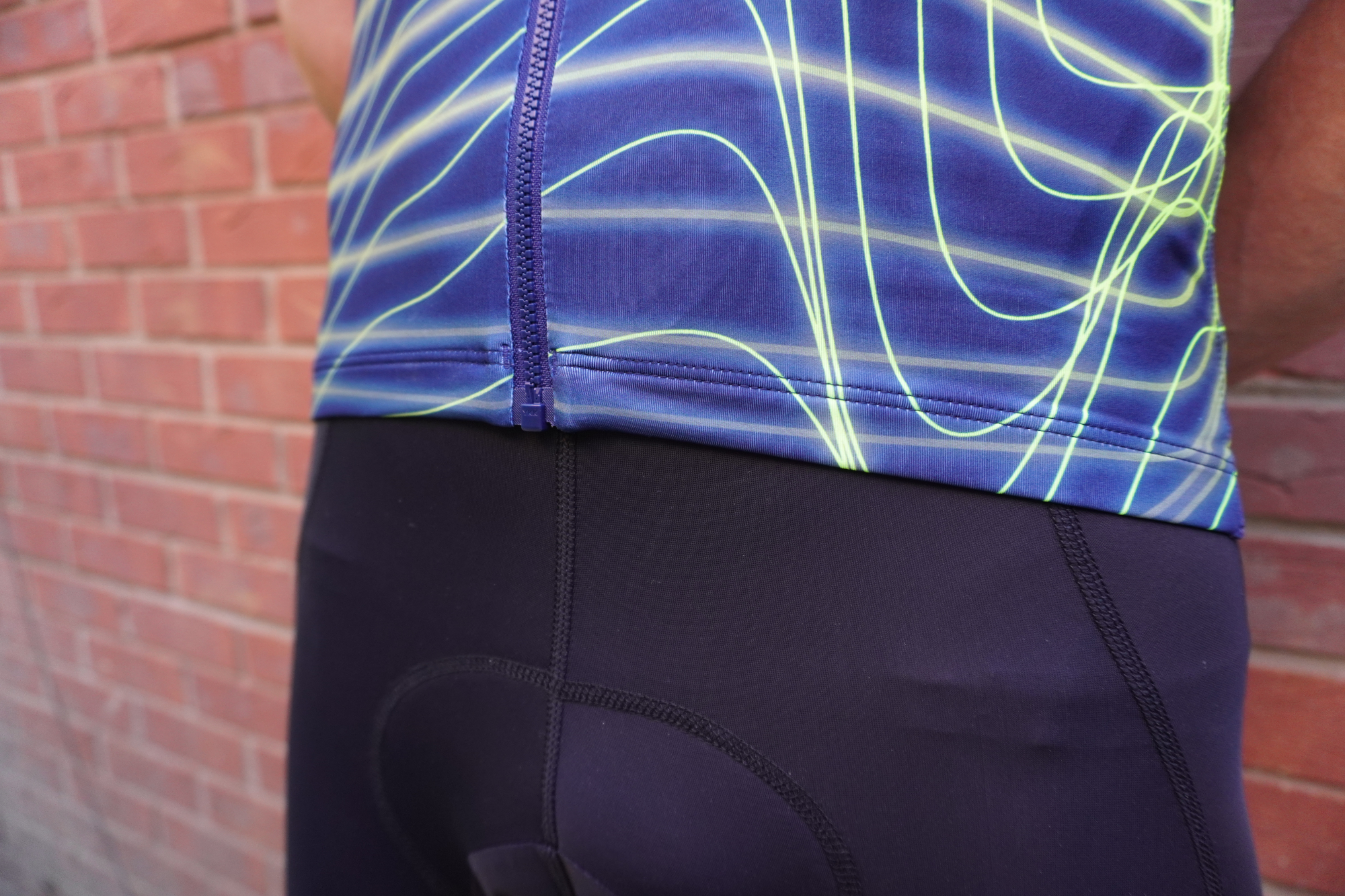
On cool mornings, around 14°C, the slight thickness to the front panels meant that I was perfectly happy riding round with just the addition of a set of arm warmers to take off the chill. At the other end of the spectrum, in temperatures of 24°C and riding in the full sun, although I was certainly sweating, I was still comfortable wearing the jersey – there wasn't a feeling of clamminess to it.
At temperatures higher still, it’d certainly be possible for me to continue wearing the Pulse Jersey, but if I had the choice I would be wanting to switch to something a little thinner. For the most part, when the temperature was within that band, I really hardly noticed the jersey – which is always a good sign.
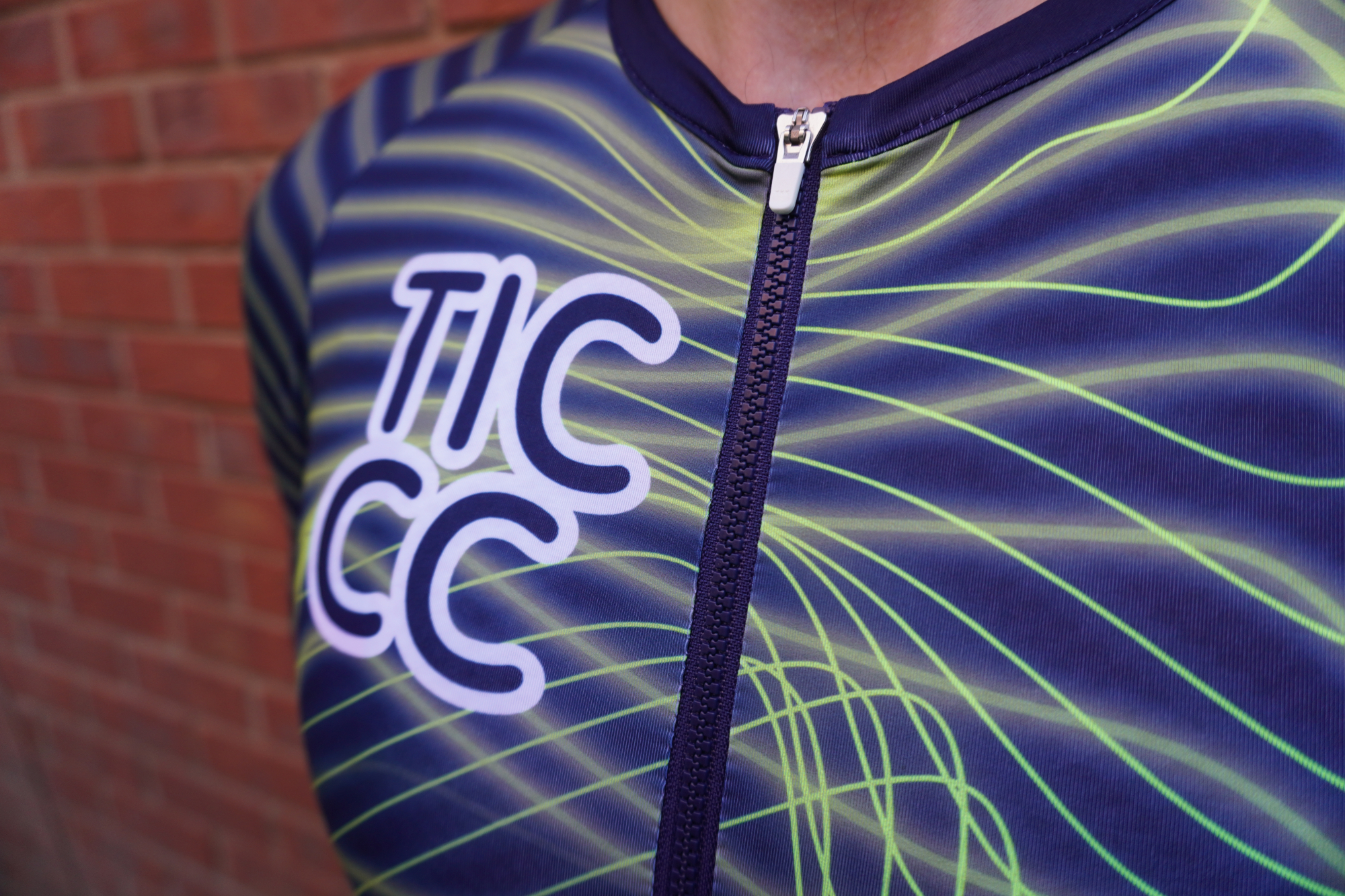
There were, however, a couple of negatives. The first was the size of the zipper handle, which was very small and made adjustments a bit of a faff. Secondly, although there is an extra internal pocket for valuables on the right hand side, this was located inside a standard pocket with a fiddly security flap of material over the opening. I found the security pocket very hard to access and I didn’t find myself ever wishing to use it. A standard zipped pocket would have been a better inclusion.
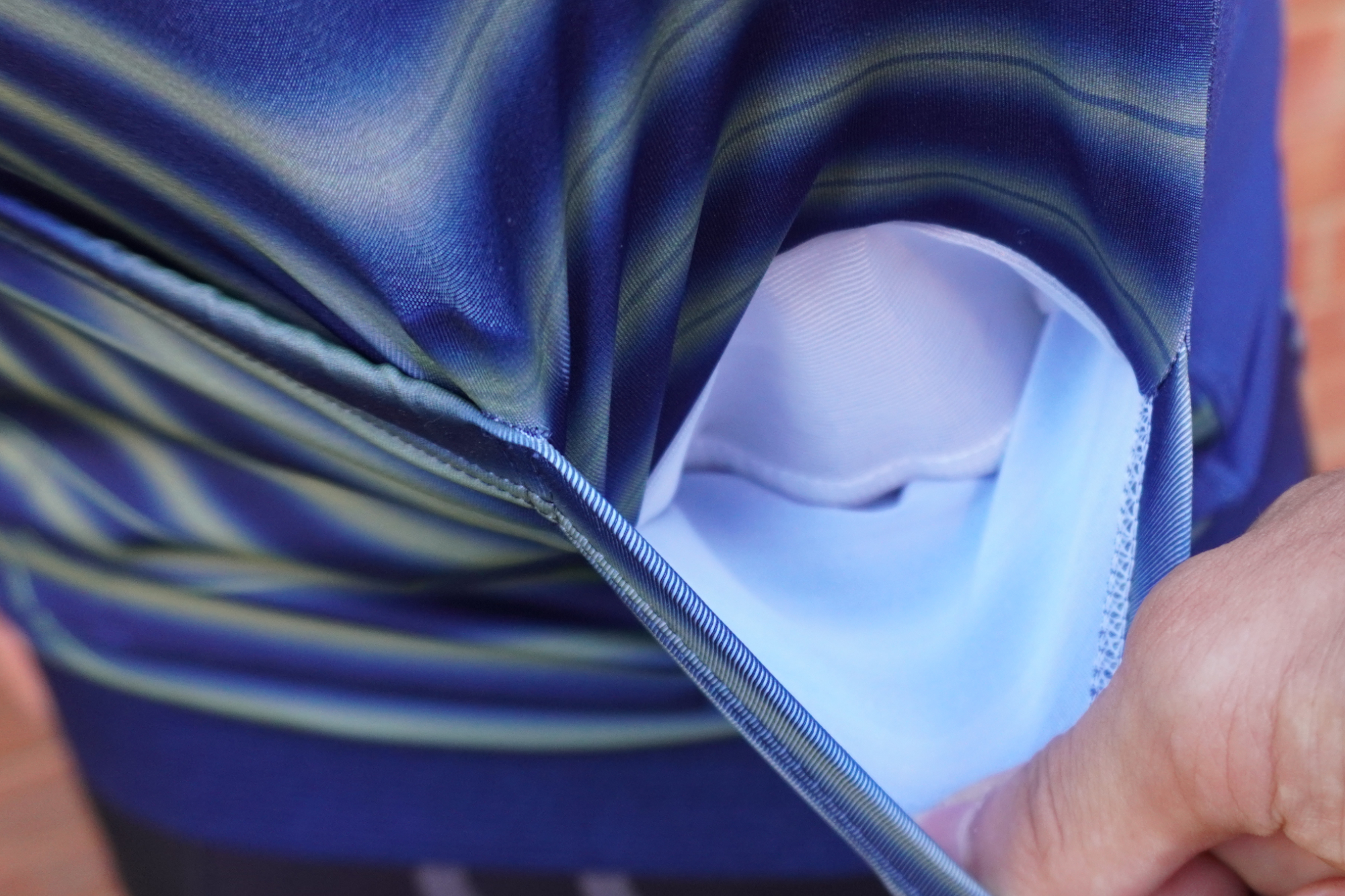
Following TICCC’s advice, I made sure to limit washing as much as possible. Just putting it out on the line was sufficient to air the jersey enough to be fine for back-to-back days. It was also quite nice having a little less laundry to keep on top of.
But although great on both practical and environmental accounts, this isn’t something unique to TICCC – merino jerseys can be treated much the same and other brands do also treat their lycra to reduce odour. Still, it’s good for this to receive more attention.
Value and conclusions
At £99, TICCC’s Pulse jersey is a more expensive proposition than even dhb’s top-of-the-line Aeron Ultra jersey, which has an RRP of £80 and impressed us greatly – so much so, it earnt a place in our 2020 Editor’s choice awards.
But then again, the Pulse jersey still manages to be cheaper than Assos’ Mille GT Shifter SS jersey, which costs £110 and has a similar weight of fabric, as well as also being manufactured in Europe.
So although there are cheaper options out there, the price is still within the range you’d expect.
TICCC’s Pulse jersey performs well as a midweight option, able to deal with cooler temperatures when paired with arm warmers, while still being lightweight and breathable enough to remain comfortable up to 24°C. It is quite expensive, but coming from an indie brand with an emphasis on sustainable and responsible production, the price isn’t outlandish. There were, however, a few niggles, with the zipper handle being really quite small and the valuables pocket not being very user friendly.
Specs
Sizes: XS–XXXL
Colours: Blue, Black, Orange, Red (in a range of designs)
Weight: 129g (size small)

Thank you for reading 20 articles this month* Join now for unlimited access
Enjoy your first month for just £1 / $1 / €1
*Read 5 free articles per month without a subscription

Join now for unlimited access
Try first month for just £1 / $1 / €1
Get The Leadout Newsletter
The latest race content, interviews, features, reviews and expert buying guides, direct to your inbox!

After winning the 2019 National Single-Speed Cross-Country Mountain Biking Championships and claiming the plushie unicorn (true story), Stefan swapped the flat-bars for drop-bars and has never looked back.
Since then, he’s earnt his 2ⁿᵈ cat racing licence in his first season racing as a third, completed the South Downs Double in under 20 hours and Everested in under 12.
But his favourite rides are multiday bikepacking trips, with all the huge amount of cycling tech and long days spent exploring new roads and trails - as well as histories and cultures. Most recently, he’s spent two weeks riding from Budapest into the mountains of Slovakia.
Height: 177cm
Weight: 67–69kg
-
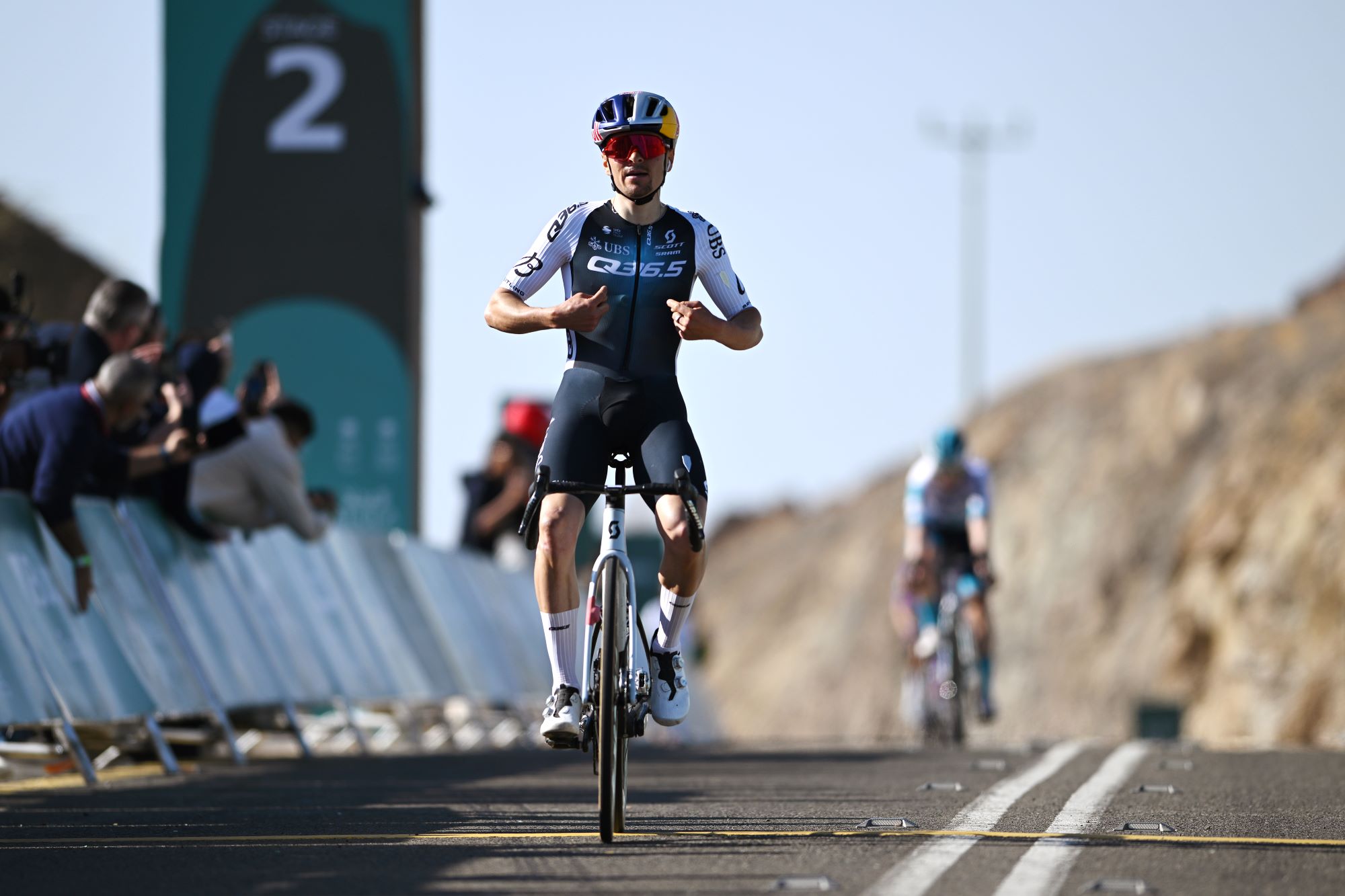 What does Q36.5 mean? We asked the people behind the Italian kit brand that sponsors Tom Pidcock's team
What does Q36.5 mean? We asked the people behind the Italian kit brand that sponsors Tom Pidcock's teamQ36.5's Luigi Bergamo and Lodovico Pignatti Morano take on Cycling Weekly's Q&A
By Tom Thewlis Published
-
 'If I were a tennis player then my career would be over': Remco Evenepoel contemplated early retirement after serious training accident
'If I were a tennis player then my career would be over': Remco Evenepoel contemplated early retirement after serious training accidentDouble Olympic champion was left with nerve damage and says his shoulder is not yet fully healed ahead of his return to racing at Brabantse Pijl
By Tom Thewlis Published
-
 'It can really push me along' - How a velodrome comeback is making Caleb Ewan faster on the road
'It can really push me along' - How a velodrome comeback is making Caleb Ewan faster on the roadAustralian says he'll "definitely" continue track work after rekindling passion
By Tom Davidson Published